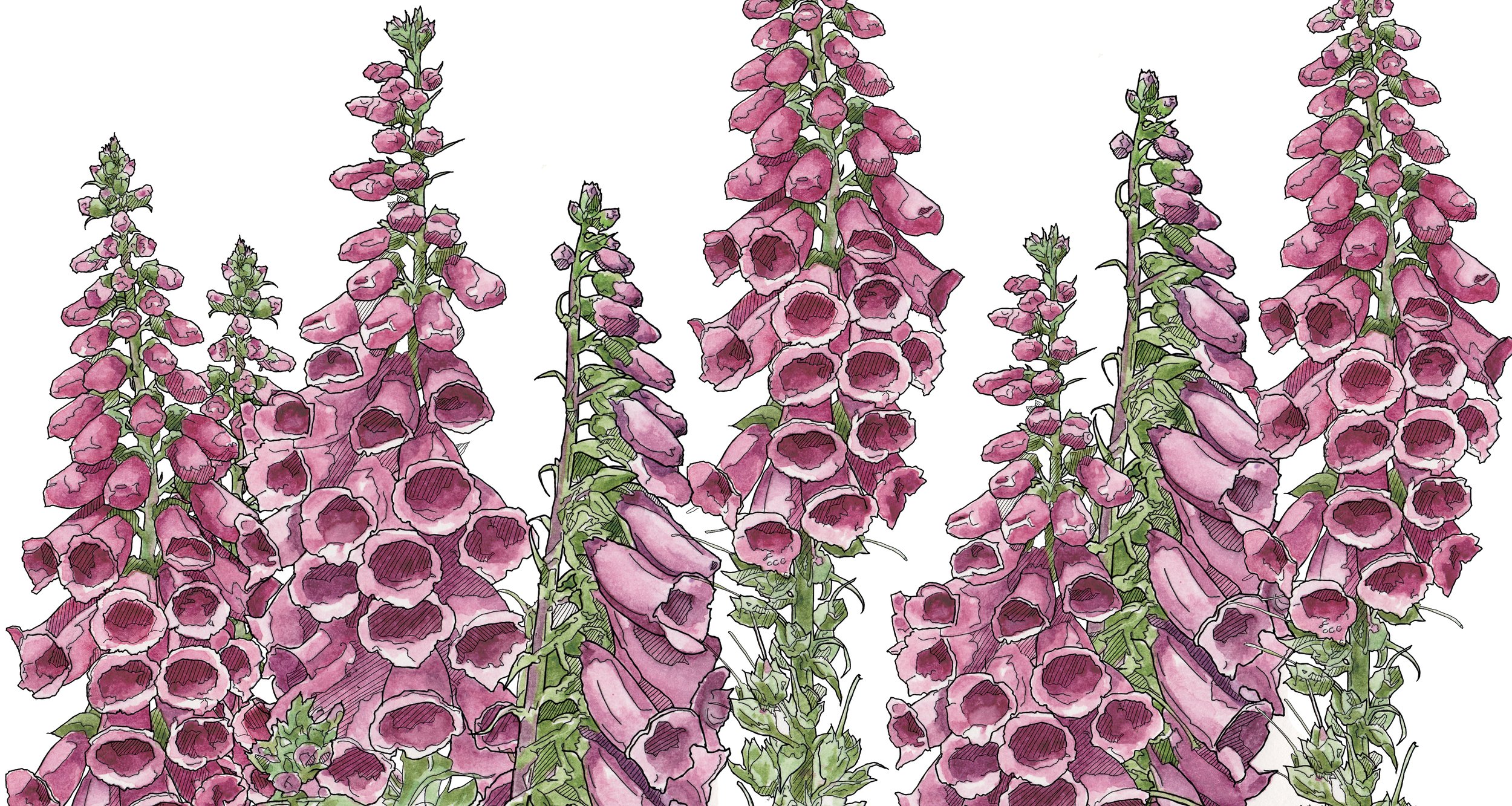******************************
HARDY ANNUALS
The Magic of Succession Gardening
Ever notice a lull in your garden between spring’s bloom and summer’s peak? That’s where hardy annuals shine—seamlessly filling the gaps and keeping the garden alive with color and movement. This technique, known as succession gardening, ensures a continuous display while supporting pollinators.
In December, we seeded a vibrant mix of cornflowers, poppies, Queen Anne’s lace, larkspur, and sweet peas—all carefully timed to establish strong root systems before winter. With early planting (as soon as March or April), these hardy annuals burst into bloom just when the garden needs them most, creating a dynamic, ever-changing landscape.
Vineyard Gardens Display bed in June filled with hardy annuals and biennials
******************************
Why Hardy Annuals?
Extended bloom time – Last year, poppies planted on March 15 bloomed through July 4!
Strong root systems – Early winter seeding promotes healthier, more resilient plants.
Pollinator-friendly – A rich nectar source when other flowers are scarce.
Seamless integration – They blend naturally into garden beds as perennials take over.
******************************
Best Uses for
Hardy Annuals
🌿 GARDEN BEDS – Hardy Annuals fill empty spaces and create a natural flow with perennials. All the hardy annuals we carry are perfect for your formal or informal flower gardens, landscapes or cottage gardens.
🌿 MASS PLANTINGS – A striking, meadow-like effect with minimal effort.
🌿 CUT FLOWERS – Hardy Annuals are great cut flowers! Below is a selection that are beautiful in your garden and on your table.
Larkspur
Sweet peas
Centaurea (Corn Flowers)
Scabiosa
Snap dragons (Antirrhinum)
Ammi majus/ Ammi majus 'Select White'
Ammi visnaga 'Green Mist'
Agrostemma (Both Colors)
Orlaya
Papaver: You must cauterize them (burn the tip of the stem with a lighter) in order for the bloom to last longer after cut.
🌿 CONTAINERS – Hardy Annuals provide early-season lush foliage and color with a mix of tall and trailing varieties. All the hardy annuals we carry are beautiful in containers.
Tall Plants: Cornflowers (36”), Queen Anne’s Lace, Larkspur
Front of Border/Containers: Asperula orientalis ‘Cloud Nine’ (long-blooming)
Other Selections: Poppies, Bellis, Variegated Vinca
🌿 WINDOW BOXES – Shorter hardy annuals are great for lining the front edge of a window boxes.
Asperula: Bloom mid April through the end of June
Papaver : Bloom May through second week of July
With a little planning, hardy annuals transform a garden’s “quiet moments” into a season of abundance.
Want to dig deeper? Explore a couple of our favorite varieties below and tips for planting success!
******************************
Available Now!
Antirrhinum (Snapdragons) are part of the Potomac series which are excellent cut flowers.
Centaurea cyanus are also known as Bachelor Buttons or Cornflowers.
Larkspur 'Fancy Rose Striped'
Larkspur 'Fancy Smokey Eyes'
Larkspur 'Frosted Skies'
Larkspur 'Misty Lavender'
Larkspur QIS 'Lilac'
Larkspur QIS 'Pure White'
Larkspur QIS 'White'
Orlaya 'White Lace'
Papaver 'Imperial Pink'
Papaver 'Lady Bird'
Papaver rhoeas
Scabiosa 'Black Knight'
Scabiosa 'Fata Morgana'
Scabiosa 'Merlot Red'
Scabiosa 'Oxford Blue'
Agrostemma 'Ocean Pearl'
Agrostemma 'Purple Queen'
Ammi visnaga 'Green Mist'
Ammi majus 'Select White'
Antirrhinum majus 'Cherry Rose'
Antirrhinum majus 'Dark Orange'
Antirrhinum majus 'Potomac White'
Antirrhinum majus 'Royal'
Asperula orientalis
Asperula orientalis ‘Cloud Nine’
Centaurea cyanus 'Blue Boy'
Centaurea cyanus 'Select Ultraviolet'
Centaurea cyanus ‘Lady Mauve”
Larkspur 'Deep Blue'
Larkspur 'Fancy Blue Purple'
******************************
VINEYARD GARDENS
DISPLAY BED
In June our display bed is in it’s full glory filled with hardy annuals and biennials. A tapestry of texture and color.
******************************
need help this spring?
garden tips









![IMG_2266[1].jpg](https://images.squarespace-cdn.com/content/v1/581a4aee8419c21ac8e2a58f/1742334192809-N6L6Z0V1HGCC1I80C1QQ/IMG_2266%5B1%5D.jpg)
![IMG_2396[1].jpg](https://images.squarespace-cdn.com/content/v1/581a4aee8419c21ac8e2a58f/1742334194857-L917R4UCGH64Q1UUF13N/IMG_2396%5B1%5D.jpg)
![IMG_2398[1].jpg](https://images.squarespace-cdn.com/content/v1/581a4aee8419c21ac8e2a58f/1742334195049-99D67KX34O847Q78LSPI/IMG_2398%5B1%5D.jpg)
![IMG_2467[1].jpg](https://images.squarespace-cdn.com/content/v1/581a4aee8419c21ac8e2a58f/1742334199218-2F6OTZQ9U8GVNDUBBN9G/IMG_2467%5B1%5D.jpg)
![IMG_2579[1].jpg](https://images.squarespace-cdn.com/content/v1/581a4aee8419c21ac8e2a58f/1742334202047-DQKOW530S58IXPGH5EK8/IMG_2579%5B1%5D.jpg)















































